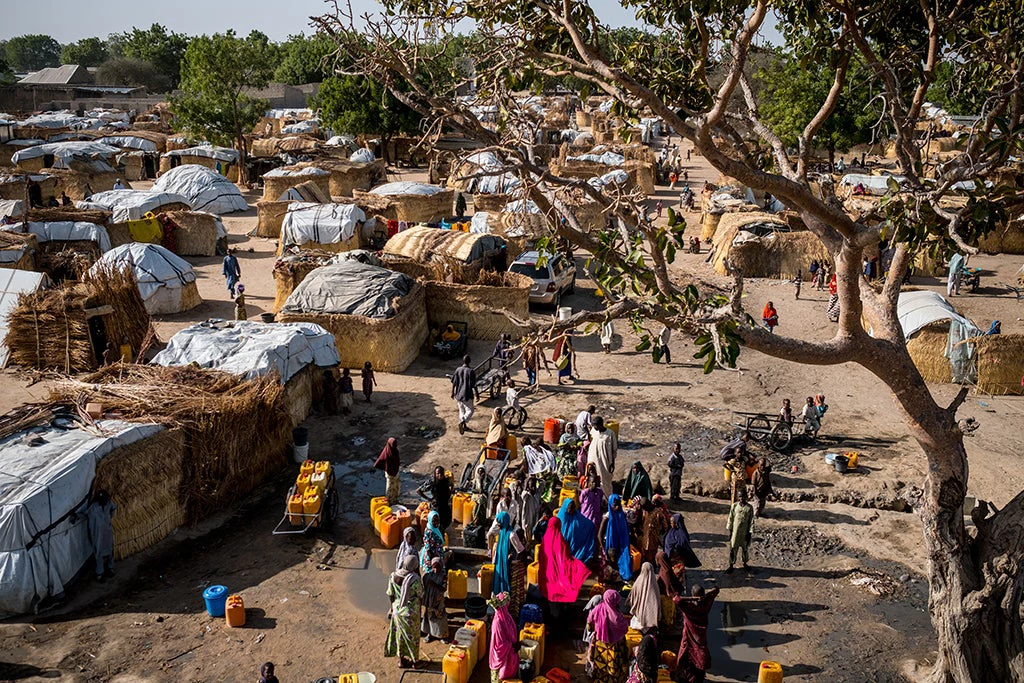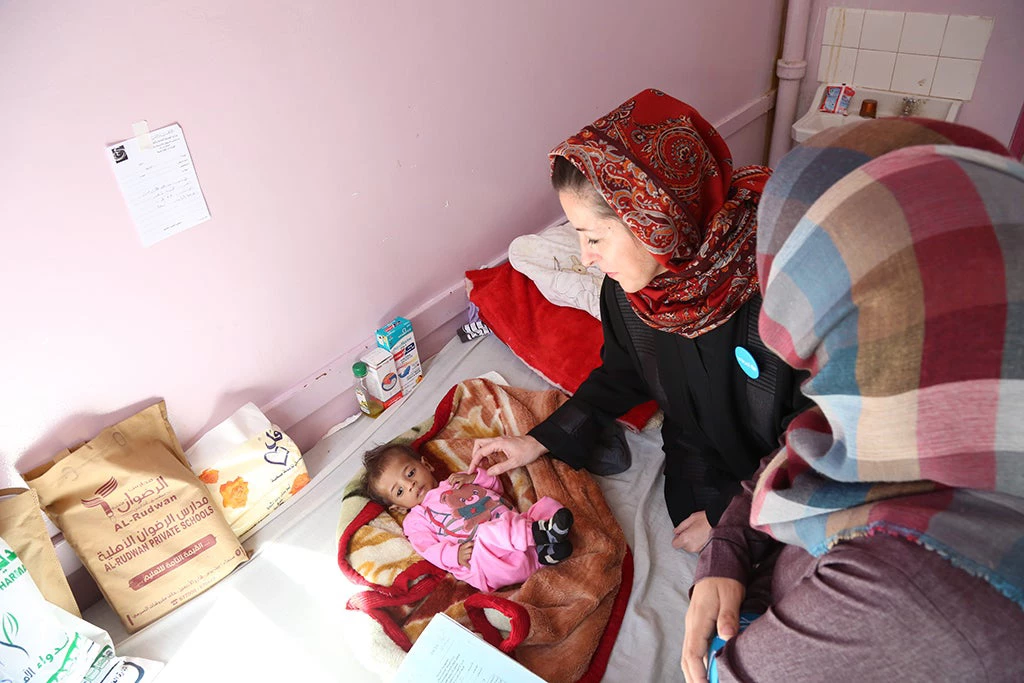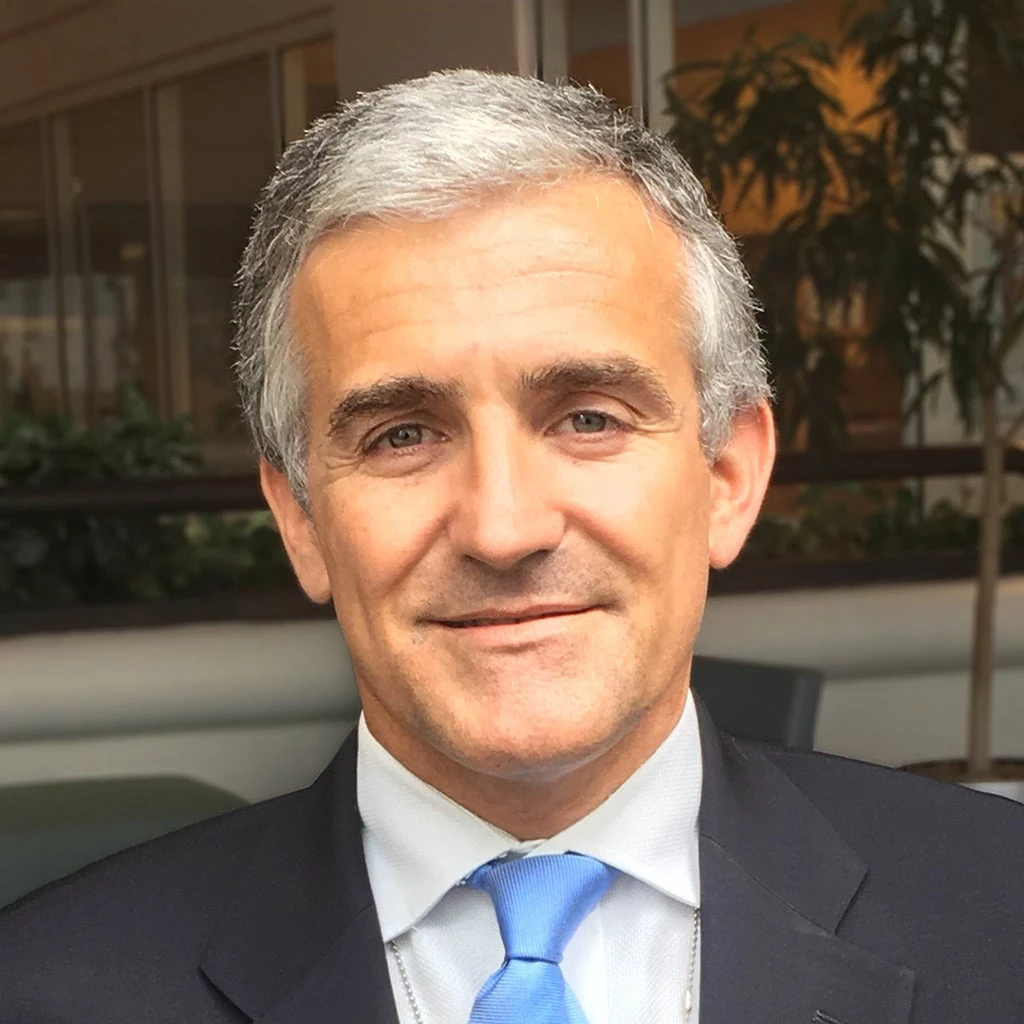
Credit: UNICEF
Last week, I represented the World Bank Group at the United Nations Security Council on the famine response in Nigeria, Somalia, South Sudan and Yemen. In these four countries, more than 20 million people face famine or the risk of famine over the coming six months, and urgent action is needed to prevent the situation from deteriorating further.
The Security Council may appear to be an unusual place to find a development institution such as the World Bank, especially regarding a humanitarian crisis like famine.
In fact, famine can also hinder development progress by doing long-term damage to the health, learning ability, and earning capacity of all people involved, especially children.
In addition, conflict is a proximate cause of famine in these countries, and preventing violent conflict and addressing the drivers of fragility is at the heart of the UN and World Bank’s shared agenda.
The Security Council meeting provided an important opportunity to deepen our engagement and seek the support of members so we can do more to help. This session builds on the high-level meeting on famine response at the IMF-World Bank Group Spring Meetings in April, co-chaired by President Kim and UN Secretary General António Guterres, where we agreed on action points to stop today’s famine crisis and the roadmap for a zero tolerance approach to famine going forward.
In her opening remarks, UN Deputy Secretary-General Amina Mohammed stressed that the number of people at risk of famine remains alarmingly high. In some countries, it is even on the rise, with women and children the primary victims of the crisis. Although humanitarian and development assistance is making a real difference on the ground, 60 percent of humanitarian needs are still not funded.
I described the $1.8 billion we are providing for development projects to complement the efforts of affected governments and humanitarian partners, including by enhancing social safety net systems, supporting service delivery to the most vulnerable, and strengthening community resilience.
I also highlighted that we are partnering in new ways on the ground to deliver support to those most in need, including by implementing through UN agencies and INGOs.

Credit: UNICEF
Specifically, in South Sudan, the Bank is partnering with UNICEF, WFP, and FAO to implement a $50-million-dollar emergency food, nutrition, and livestock project to meet immediate food and nutrition needs, and to lay the foundations for the recovery of crops and livestock for 580,000 people.
In Somalia, which is not eligible for normal Bank financing due to outstanding arrears, the Bank is leveraging a first-of-its-kind partnership arrangement with ICRC to implement a $50-million-dollar emergency drought response and recovery project to rapidly deliver food, water, cash, and basic goods to half a million people and provide vaccinations or treatment to the livestock of 200,000 people.
In Yemen, the Bank is implementing an emergency health and nutrition project of $283 million dollars through WHO and UNICEF, and a $500-million-dollar short-term employment and basic services project through UNDP. This is the first time we are delivering IDA support within the context of active conflict.
Finally, in Nigeria, six projects totaling $650 million have been rapidly approved to provide vital support in the six states ravaged by Boko Haram and famine. The $50-million-dollar additional financing for the Third National Fadama Development Project has already disbursed $44 million dollars for income support to boost food security and livelihoods of rural and conflict-affected households in the northeast. Given the volatile security situation in the northeast, Bank teams are leveraging the UN system – including security support – to be able to deliver.
Members of the Security Council – including the U.S., U.K., France, Italy, and Japan – were extremely supportive of this ‘new way of working’ and our efforts to bridge the humanitarian-development divide to make a difference on the ground.
Given the central role conflict has played in driving and exacerbating the famine crisis, Council members also emphasized the need for political solutions to end the fighting in affected countries, or at least for combatants to ensure safe humanitarian access. While the Bank lacks a political mandate, I also stressed the need for a quick abatement of conflict in order to reduce famine risks.
Partners are nearly universal in their view that modern-day famines are man-made and preventable. It falls to us – UN, World Bank, NGOs, governments, and civil society – to turn our “zero famine” aspiration into a shared reality. Leveraging innovative collaboration on the ground has a key role to play in this process, and to ensuring that no one has to suffer from the scourge of famine ever again.


Join the Conversation